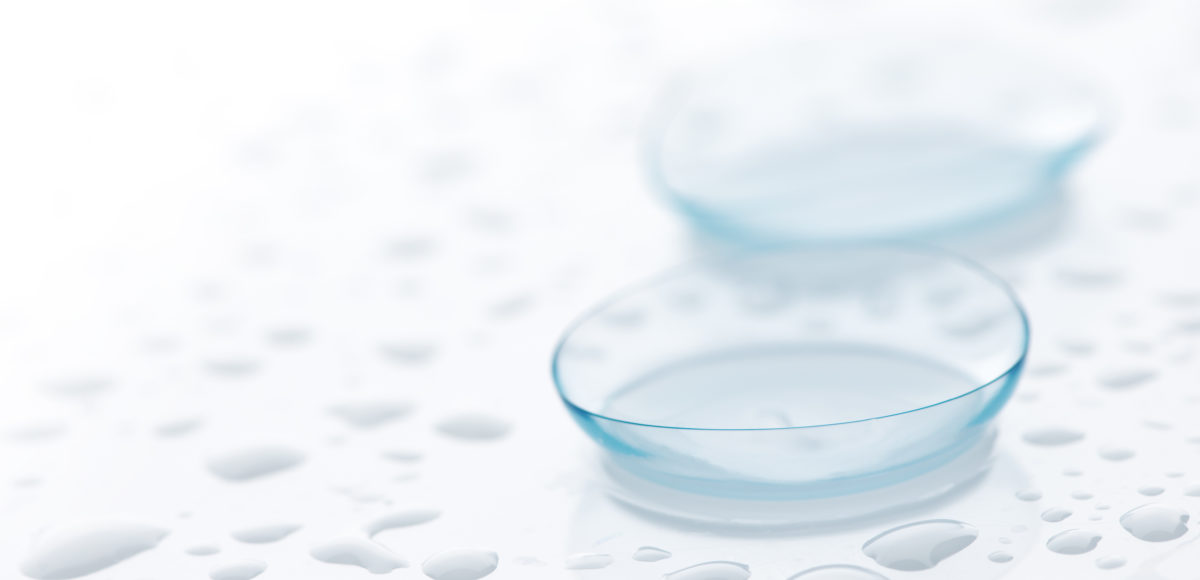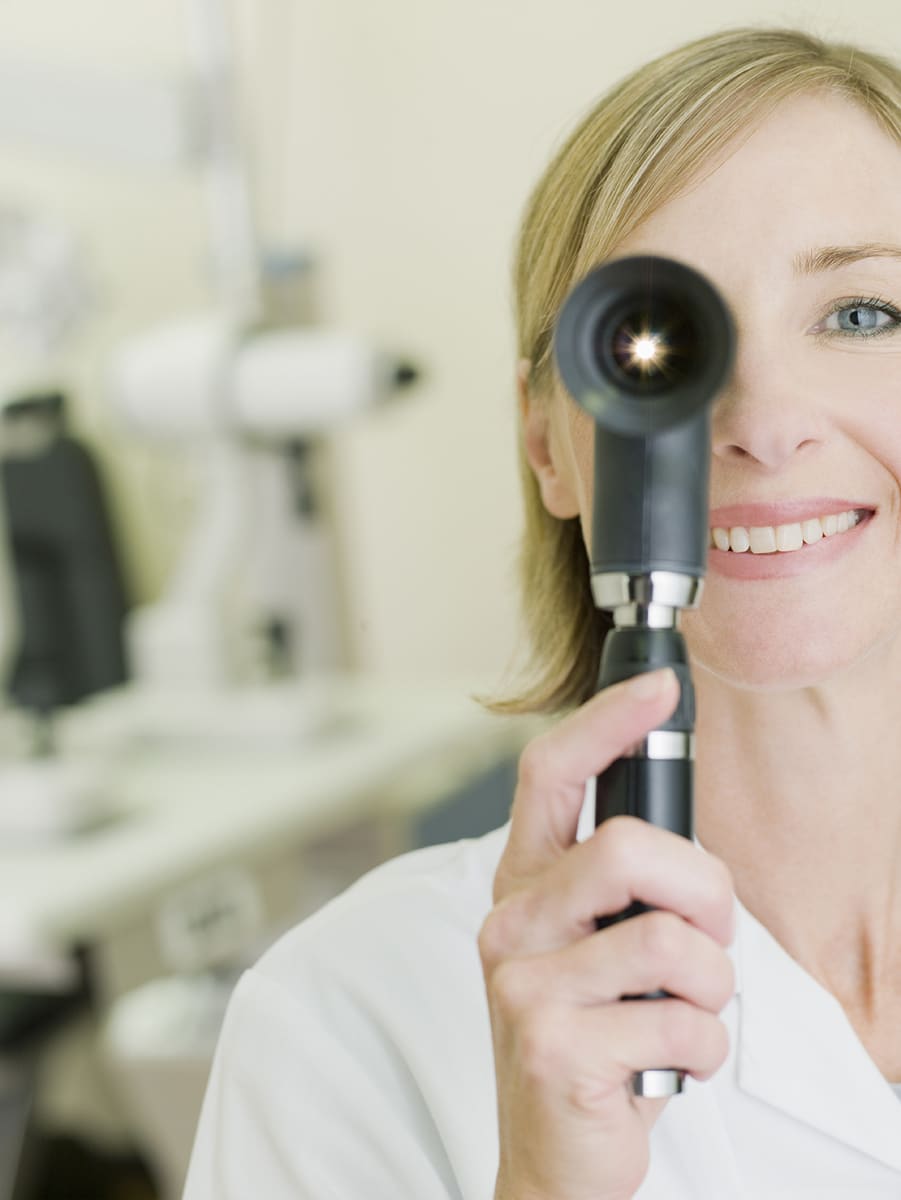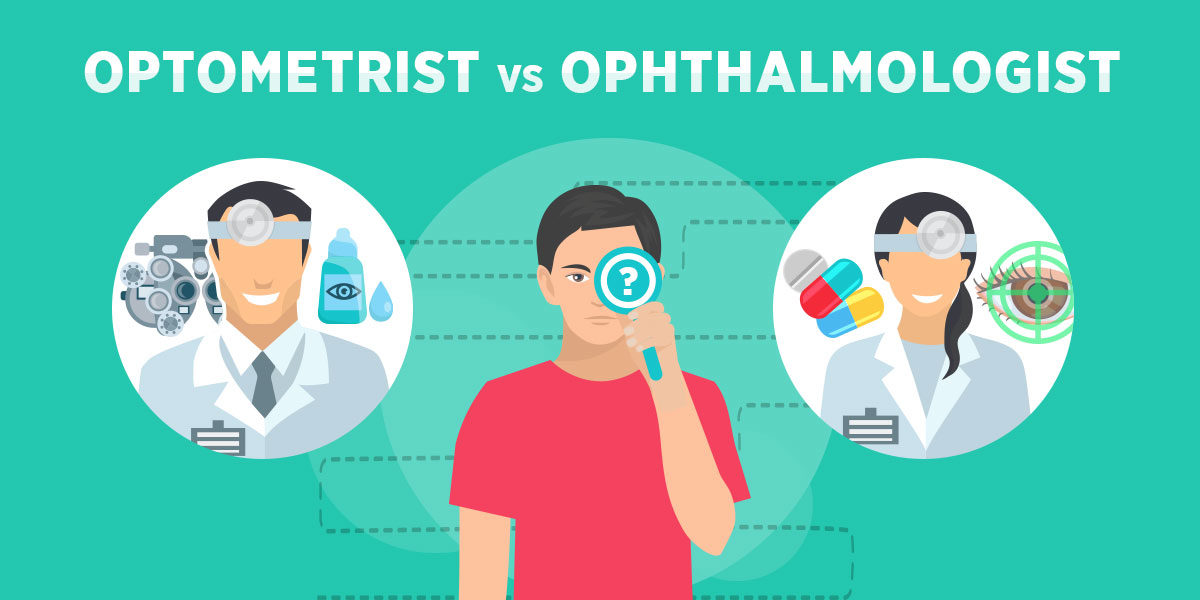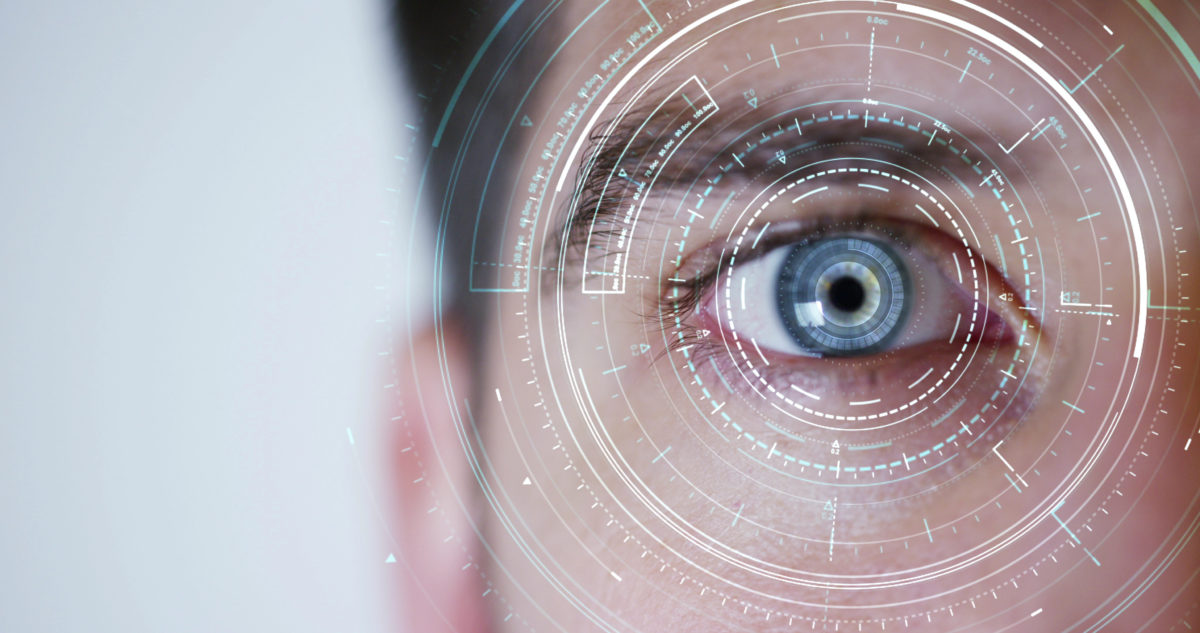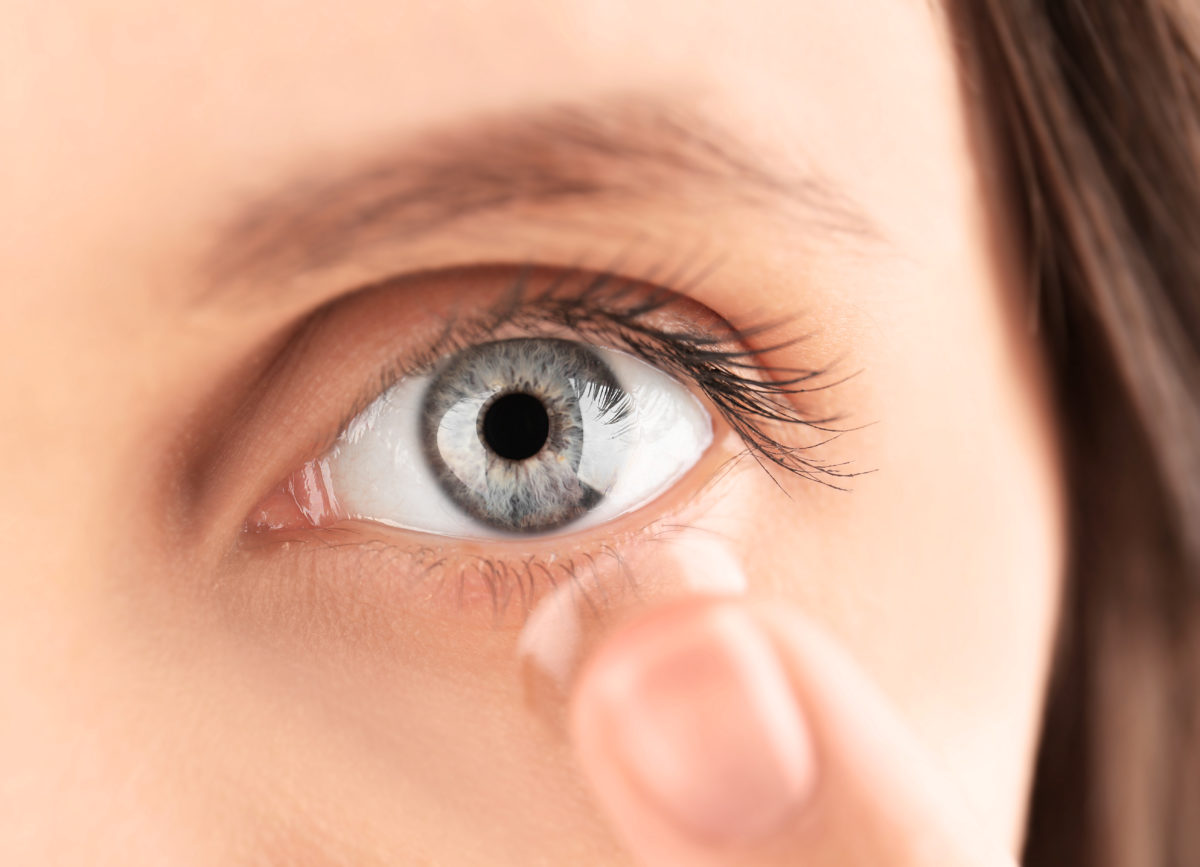I’ve heard some stories that would make most contact lens wearers shiver.
According to a recent survey, almost 85% of teens and adolescents who wear contact lenses admit to at least one bad eye health habit.
This number probably doesn’t surprise you – after all, how hard is it just to get teens to bathe and brush their teeth? Throw in the rules of contact lenses, and you are sure to have issues. The thing is, when it comes to contact lenses, bad habits can set users up for painful infections and possible vision loss.
After all, contact lenses are a barrier to oxygen feeding our all-important, clear corneas. It is so important to take care of the lenses that sit on those precious corneas because if corneas don’t breathe, we don’t see clearly. Bad habits over time can lead to big vision problems.
So what kind of “bad” habits are these teens admitting too?
Sleeping in lenses overnight or habitually napping in them – a big no-no because, with our eyes shut our corneas naturally swell, making a poor fit for the lens and even less oxygen getting to the cornea.
Have you ever fallen asleep in your lenses and tried to take them out? It’s painful and difficult to remove that lens, because the fit is terribly tight after you’ve slept. The worst corneas I’ve seen are in patients who have admitted to sleeping in lenses all the time.
Not changing lenses when their time is up—a two week lens is exactly that—14 days and they should be tossed. One-month lenses are meant to be worn for 30 days, give or take a day or two.
Wearing lenses beyond what they are made for means you are risking buildup on the lenses scratching your cornea, hearty bacteria hanging on to infect our eye, and less oxygen getting into your cornea (the latest and greatest lenses that have great oxygen permeability only work as long as the lens is created to work for). There’s a reason they labeled as one-day, weekly, bi-weekly or monthly!
Not washing your hands before inserting or removing lenses. Besides microbes on your hands just waiting to infect your eyes, this is just a gross habit. I once had to remove a lens from a patient’s eye and found specks of food on it. Yuck!
Rinsing lenses in TAP WATER! Believe it or not, tap water that is safe for us to drink can harbor fast growing bacteria that loves the eyes and are tough to treat with antibiotics. Bacteria, as well as fungi, in miniscule amounts in tap water can wreak havoc on the healthiest of corneas.
Speaking of solution – another big no-no is not changing the solution daily. I know this isn’t from teens trying to save money because solution bottles can be bought in bulk, and are relatively cheap. This one’s just pure laziness. If you don’t change the solution, lots of funky germs can build up over time in that case…and on your lenses! Another setup for infection.
Other offenses on this list: not using a proper storage case as recommended (ever placed solution in a shot glass because you couldn’t find your case?), or sharing cases with others. Not having a sterile case with a cover is almost as bad as leaving the lens on your kitchen table. Sharing with others is playing Russian roulette with your eyes.
So, almost 85% of kids screened were honest in admitting at least one of these faults. Think you can get away with these habits and not mention it? Your ophthalmologist or optometrist can tell when examining your eyes if you routinely lack good lens hygiene.
How? Your cornea—it doesn’t lie! A healthy cornea should be totally clear of any scars or blood vessels, so even early on, a cornea with scarring or abnormal little blood vessels growing from the white of the eye screams, “I can’t breathe!” to your doctor.
It’s not always just kids who break the rules… A recent CNN story found that a woman had 27 contact lenses stuck in her eye in a “blue mass.” Talk about a horror story!
Over time, scarring and abnormal growth can impair vision. So, besides getting nagged by your eye doctor, he or she may not even fill your new prescription for lenses if it’s getting worse over time! Your eyes may need to “breathe” with glasses for some time.
All of this said, I have fit many teens into contact lenses! When adolescent patients of mine ask about contact lenses, I always look to the parents for how ready they believe their child is. When it comes down to it, parents know their own kids.
You’d be surprised how responsible and willing to follow the rules teens can be if it means not having to wear glasses.
When you routinely follow the proper “rules” of contact lens use, all is usually well. At any age!
Check out my video on kids and contacts for even more information!
 English
English French
French German
German
